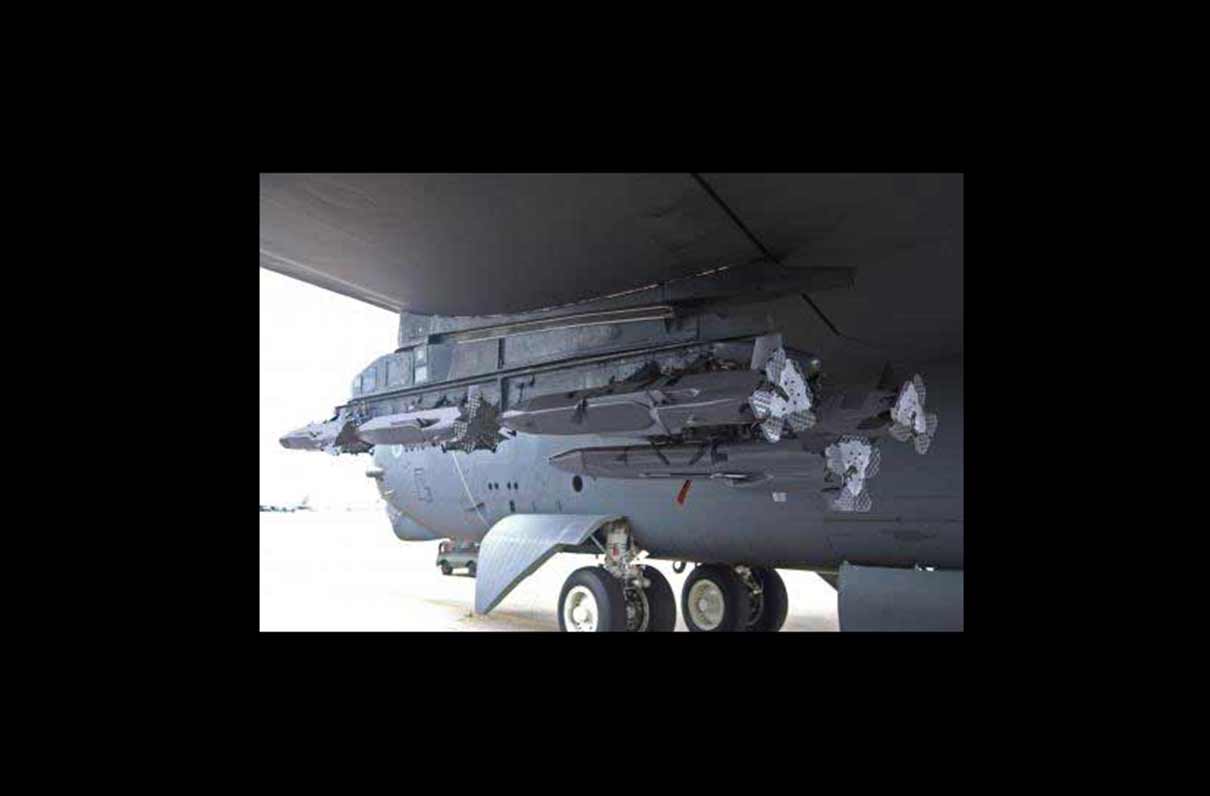Late this summer, Raytheon was awarded a $96 million Air Force contract to produce 250 Miniature Air-Launched Decoys (MALD®) missiles. The MALD system, according to Raytheon, is an air-launched missile that has both decoy and jamming capabilities, which can electronically stimulate and then neutralize enemy air defense systems.
Mike Jarrett, Raytheon's Air Warfare Systems vice president, says: "MALD gives fighter pilots control of the skies so they can stay out of harm's way. We're at the leading edge of electronic warfare to defeat the most advanced air defense systems."
The U.S. Air Force has completed aircraft integration for MALD, he adds, and the U.S. Navy is planning to integrate the missile onto its fleet aircraft.
Raytheon's GPS Next Generation Operational Control System, known as GPS OCX, is in its final software development phase, according to Dave Wajsgras, president of Raytheon's Intelligence, Information and Services.
"We will support the U.S. Air Force's GPS III launch this fall and complete the software build for the full operational system by year's end," Wajsgras says.
GPS OCX is the enhanced ground control segment of an Air Force-led effort to modernize America's GPS system, giving it the highest level of cyber security protections of any DoD space system. For protection against future cyber threats, the system's open architecture allows it to integrate new capabilities and signals as they become available.
Because GPS OCX can manage nearly twice the satellites of the current system, it will increase signal strength in hard-to-reach areas like dense cities and mountainous terrain. In addition, its advanced automation will free up crews to focus more often on mission critical tasks such as updating satellite positions.
From the Office of Naval Research, Raytheon received a $29.6 million cost-plus-fixed-fee contract for the research, testing, and evaluation of a Low-Cost UAV Swarming Technology (LOCUST) Innovative Naval Prototype (INP). LOCUST is designed to launch UAV swarms that will autonomously overwhelm an enemy.
LOCUST UAVs are propelled out of a tube-type launcher that sends out the UAVs in rapid succession. The system uses information-sharing among the UAVs, which allows the swarm to autonomously act in both offensive and defensive missions.
Raytheon also is working on a contract for the Navy to acquire materials necessary to support the RIM-162 Evolved Sea Sparrow Missile (ESSM). ESSM, and the earlier RIM-7 Sea Sparrow missile, are used to protect Navy ships from aircraft and missile attack. The ESSM has a more powerful, larger rocket motor than the RIM-7, giving it a greater range, as well as the latest missile guidance technology, and a changed aerodynamic shape for improved agility.
About the author: Alan M. Petrillo is a Tucson, Ariz., journalist who writes for national and regional magazines and newspapers. He's the author of several books on historical military firearms; two historical mysteries, Full Moon and Asylum Lane; and his latest historical thriller, A Case of Dom Perignon; all available at www.amazon.com.
